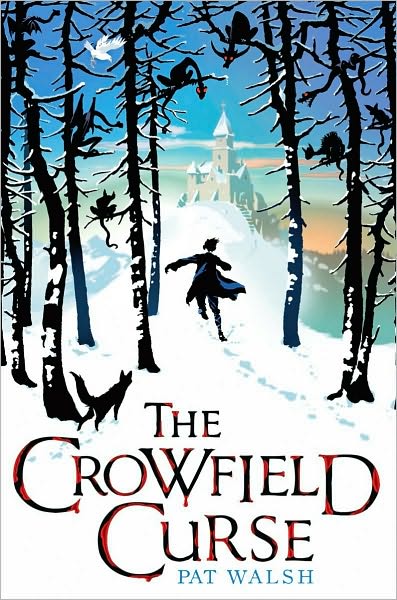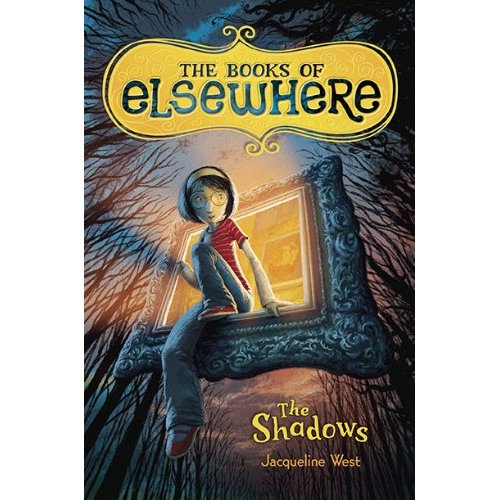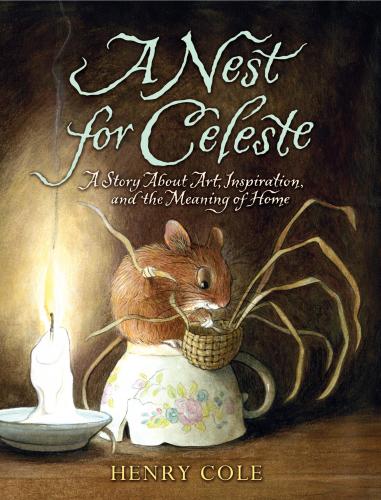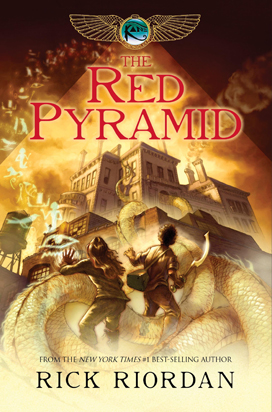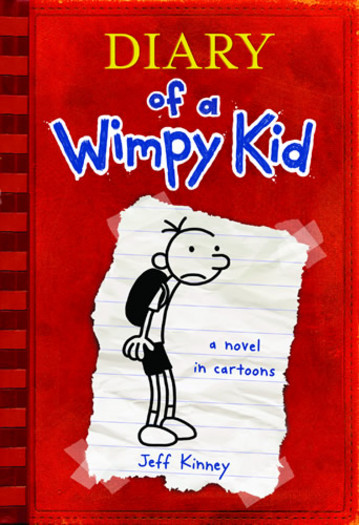Whether kids live in snowy regions or not, they love the idea of “bringing something to life,” and that explains the enduring fascination with Frosty the Snowman. The popular storyline of a snowman who magically comes to life to play with kids is revisited in a colorful hardbound book, rendered by artist Wade Zahares. It’s a new book, yet its fanciful, retro style gives the sense that this is both old and new – and that might appeal to the kids and to you!
But there’s more to this retro appeal: the book comes with a CD that contains a new recording of the Frosty the Snowman song, performed by Kenny Loggins. You might remember that Loggins made his mark in children’s music decades ago with his “House at Pooh Corner” recording. He has produced two additional songs for the CD (both of them in a folk vein and kid-friendly, although not particularly wintry), which adds to the value and year-round benefits of the package.
*****Extra Activities*****
1. Build a small, snowy village as a tableau for the Frosty story. Here are some ideas to get started:
- Put down a sheet of cardboard or posterboard and draw in streets.
- Use milk cartons or small boxes to make houses and buildings.
- Paint everything!
- Use cotton balls or shredded white paper for snow.
- Styrofoam balls or marshmallows and toothpicks can be used to build Frosty.
- Sprinkle glitter to bring out the magic!
2. Have a snowman party!
- Borrow a stack of books related to snow and snowpeople from your library.
- For inside fun, borrow a snowman movie or cartoon. Do a craft, making snowpeople out of marshmallows or styrofoam balls and toothpicks or pipe cleaners. Enjoy hot chocolate and cookies!
- For outside fun, build a snow family and dress them up! Maybe a cat or dog too. Then, head inside for hot cocoa, snowy white popcorn, a story and short game or cartoon.
